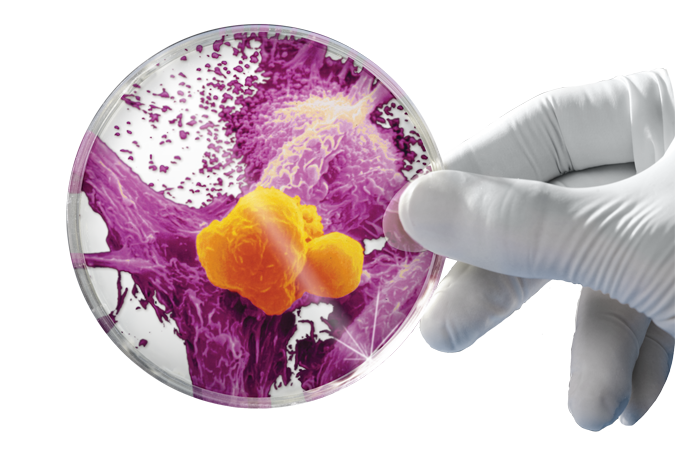So, how does immunotherapy work against allergies? Let’s find out…
- Immunotherapy for allergy is more accurately anti-allergen Immune Response Class Switching. After all, allergens are ubiquitous. House dust mites, pet dander, pollen, etc. We are exposed to such things one way or another. However, everyone isn’t allergic.
- Thus, anti-allergen immune responses, and not allergens, are the problem in allergies.
- Allergies are more accurately characterized as wayward/less controlled to even uncontrolled anti-allergen immune responses. Key difference?
- In the non-allergic, anti-allergen immune responses are more or less innocuous, i.e., occur without any overt symptoms or tissue damage.
- In the allergic, anti-allergen immune responses are disproportionate and cause immunopathology, i.e., they’re immune responses that cause damage to the tissues in which they occur. For e.g., anti-allergen antibodies that are of the IgE class. They bind to high-affinity IgE receptors on mast cells. Such binding causes mast cell degranulation, which in turn leads to high level histamine release, among other things.
- Why does this difference in anti-allergen immune response happen? This is a not yet fully understood combination of genetic and environmental factors. The ADAM33 gene polymorphism and people growing up on farms tending to have fewer allergies are examples of genetic and environmental factors respectively.
- In terms of symptoms, most allergy immunotherapies try to accomplish two things:
- Change anti-allergen immune function from tissue damage towards a less/not tissue damaging immune response class. For e.g., Sub-lingual Immunotherapy (SLIT; Sublingual Immunotherapy (SLIT)) tries to influence anti-allergen immune response away from the damaging IgE antibody towards non/less-damaging antibody responses such as IgG4.
- Reduce symptoms such as itching (pruritis), eye and nose discharge (typically conjunctivitis, rhinitis), and even wheezing (difficulty in breathing, usually due to bronchoconstriction).
- Studies* suggest that allergy immunotherapies target/need to target both T and B cells in order to achieve these two effects.
- Many scientists and physicians studying allergies call this process immune tolerance. I disagree. What’s happening is not tolerance, i.e., elimination of anti-allergen immune response. Rather it’s switching of anti-allergen immune response from pathological to non-pathological. Hence anti-allergen Immune Response Class Switching is a more accurate description of the desired goal of allergy immunotherapy. More clunky? Maybe, but more accurate.

























